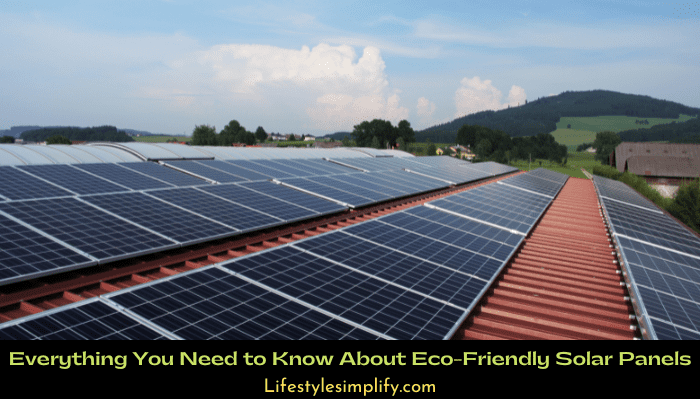Considering installing solar panels in your home, you might wonder how technology impacts the environment and the average cost of solar panels in Texas. The following is a report examining the impact of different solar panel types on life-cycle GHG emissions. The study considered the embodied emissions of solar PV and battery storage. The study shows that solar PV and solar panels with battery storage are both responsible for high emissions.
Life Cycle Emissions
The life cycle emissions of solar panels vary according to their efficiency. Some solar panels produce more than a quarter of the electricity they consume, while others generate just a fraction.
Alternative Production Methods
There are a variety of methods for producing environmentally friendly solar panels. One popular method uses copper oxide to produce ultra-thin cells. This process reduces the amount of material used in the solar panel manufacturing process. In addition, it doesn’t use toxic substances. However, it can hurt the environment, so finding an alternative method for this type of production is essential.
Traditionally, solar panel production has involved mining raw materials that are not environmentally friendly. Quartz is one of these materials which cannot be reused. Other materials used in solar panel manufacturing include copper, silver, and aluminum. Glass, which is made from sand, also has to be mined.
Sustainability
There are numerous concerns regarding the sustainability of solar panels. The production of solar panels requires a large number of virgin materials. While some companies claim to use at least 20% recycled metal and glass, more is needed to achieve the circularity required to achieve true sustainability. In addition, solar panels require cobalt and lithium, which are associated with human rights violations and environmental hazards. Furthermore, the materials must be transported from different locations worldwide to create the panels.
Legal Requirements
Most solar owners need to be aware of the options for reusing their used solar panels. Many need help determining where to turn their panels at the end of their life. There are two main reasons for this. The first is the obvious environmental benefit, while the second is the economic one. Many solar manufacturers need to invest in repairs and refurbishment, and the cost of repairing panels often exceeds the profit margin.
The new regulations classify used PV modules as universal waste, which makes their disposal more convenient. The regulations require recyclers to follow specific notification and storage rules. They also require proper testing and reporting.
Environmental Impact
As the world’s most significant users of solar panels, the U.S. and China are currently the only two developed nations that still need to take steps to curb their waste. In Europe, for example, solar companies are required to recycle all their panels at a specialized facility, and the costs are already built into the price. Despite the enormous economic potential of solar panels, the U.S. and China are not likely to follow suit anytime soon. Only Washington has adopted a law that requires solar companies to dispose of their waste in a particular facility. The problem is that solar panels are often made from materials that are not easily recyclable. Solar cells are often sandwiched between glass and a plastic backing sheet, so separating them requires a lot of time and money. While some regulatory frameworks mandate that companies recycle their waste, other practices could be more environmentally sound.
![]()



